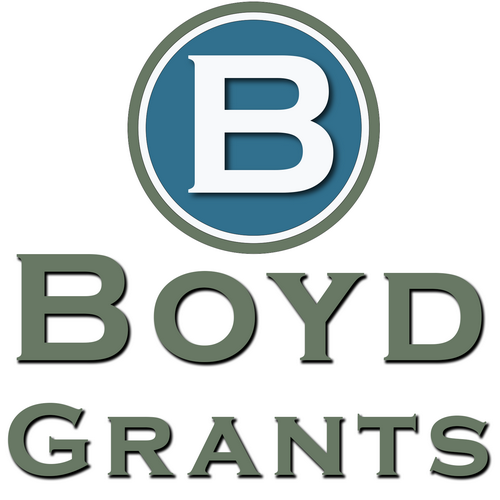Hello again, Fundable Friends!
You’ve learned to decode funder language, craft compelling proposals, and now it’s time to get organized, because the best grant strategy can still fall short without strong calendar management.
Grant deadlines, reporting dates, and internal reviews can pile up fast, leading to missed opportunities or last-minute scrambles.
This month, I’m sharing a step-by-step guide to mastering your grant calendar, turning chaos into clarity so you can confidently track deadlines, plan your work, and win more grants.
Ready to transform your workflow? Let’s dive in.
Why a Grant Calendar Matters
A grant calendar is more than a schedule. It’s your strategic tool for:
- Prioritizing opportunities based on deadlines and fit
- Allocating resources and time efficiently
- Avoiding last-minute rushes and costly errors
- Keeping your whole team on the same page
- Tracking ongoing reporting and compliance dates
Without it, even the best projects risk falling through the cracks.
Step 1: Set Up Your Grant Calendar Framework
Whether you prefer a digital tool (Google Calendar, Outlook, Trello) or a physical planner, start with these core components:
Core Elements to Track:
- Grant Application Deadlines (letters of inquiry, full proposals)
- Internal Draft Deadlines (first draft, review rounds, final draft)
- Submission Dates and confirmation follow-ups
- Reporting Deadlines (progress reports, financial reports)
- Renewal or Re-application Dates
- Meetings & Check-ins (team meetings, funder calls)
- Important Fundraising Events (workshops, networking)
Step 2: Develop a Pipeline & Opportunity Assessment
Track and prioritize your grant prospects to focus on the best fits.
- Create a pipeline spreadsheet or board with:
- Score opportunities based on:
- Use this score to decide which grants to pursue and which to drop or revisit later.
Step 3: Break Down Each Grant into Action Steps
For each opportunity, list all the tasks needed, such as:
- Research funder requirements
- Draft proposal sections
- Collect organizational documents (IRS letter, financials)
- Get internal approvals
- Budget preparation
- Final edits and proofreading
- Submission and confirmation
Assign responsible team members and realistic deadlines for each step, ideally working backward from the funder deadline.
Step 4: Build In Buffer Time
Never wait until the last minute. Include:
- 1 week for internal reviews and revisions
- 2–3 days for final proofreading and formatting
- Extra time to troubleshoot submission portals or tech issues
- Time for collecting signatures or approvals, if required
Step 5: Plan for Post-Submission & Reporting
Your calendar should include:
- Follow-up emails to confirm receipt
- Dates to schedule funder check-ins or site visits
- Deadlines for interim and final reports
- Reminders for data collection milestones linked to evaluation plans
Sample Monthly Grant Calendar Layout

Tips for Grant Calendar Success
- Centralize your calendar: Make sure your entire team can access and update it. Use cloud-based tools like Google Sheets or project management apps (Asana, Monday.com).
- Color-code tasks: Differentiate between application tasks, reporting, and meetings.
- Set reminders and alerts: Use calendar notifications or project management apps to stay ahead of deadlines.
- Review weekly: Hold a brief weekly meeting to check progress, troubleshoot, and adjust deadlines as needed.
- Track submissions: Keep a log of what you submitted and when, including confirmation numbers and contact names.
Funding Intel Brief: Grantmakers Are Expecting Professionalism
Key Insight: Funders notice when organizations submit late, incomplete, or poorly formatted proposals. A clear, consistent grant calendar shows professionalism and respect for the funder’s process.
This professionalism builds trust and positions you as a reliable partner for future funding.
Mission Debrief: Your Turn
How do you currently track your grant deadlines? What’s your biggest challenge with managing multiple proposals?
Contact Us here. I’m here to help you build a system that works for your team.
Next Month’s Issue Preview:
“Building Relationships that Fund: Networking & Stewardship Strategies” Learn how to cultivate meaningful connections with funders that lead to repeat investments.
Until next time, plan smart, stay ahead, and stay Mission: Fundable.
~ Allison Boyd | Boyd Grants


Recent Comments